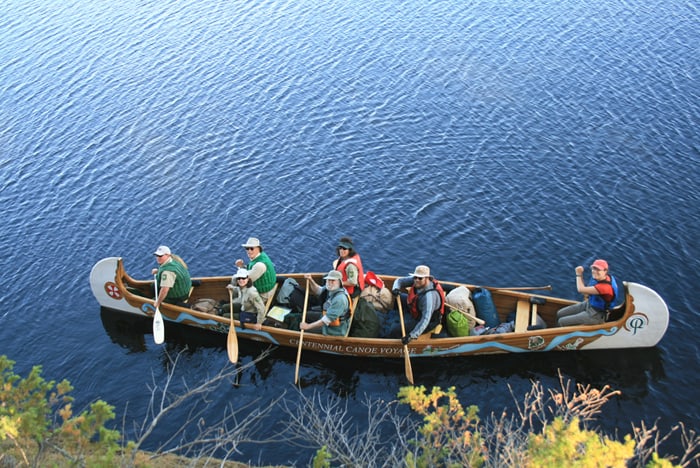
Last July, the Canoe the Heart Expedition commemorated the centennial of Quetico Provincial Park in Ontario, Canada and the centennial of Superior National Forest in Minnesota. It also promoted the continued efforts of the Heart of the Continent Partnership to encourage collaboration among the government agencies, nonprofit organizations, citizen interest groups and communities that have a stake in the health and vitality of the region.
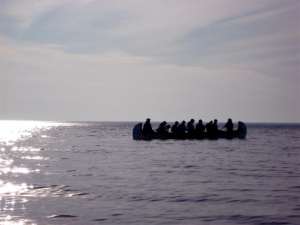
Eight paddlers and one navigator at a time, a total of sixty paddlers covered 350 miles in a 27-foot canoe in 18 days. They made appearances in parades and presentations at local community centers to spread their message of collaboration and promote the heritage of the region, and when necessary, they hoisted the 300+ lb boat onto their shoulders and worked in concert to climb up and down hills and over rocks. Once, they got lost. Or rather, they got so involved in their conversations that they missed a turn and had to decide as a group to turn back or reroute. Corporate consultants couldn’t have come up with a better exercise in team building—and that was exactly the point: cooperation.
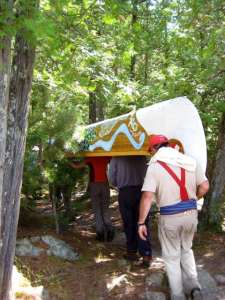
“People ask me, ‘Did you paddle?’ Well, yeah! I never knew it was an option.” His good humor seems to stem from the good things he saw come out of the trip—he didn’t have to think very long to cite the biggest benefit: “The conversations that happened between people of different organizations. There were some pretty good debates. Like how the wilderness is viewed from the outside. And how campsites are different [on either side of the border] and the philosophy behind it. The Canadians were more, ‘You need to let things be the way they are. Americans always navigate by campsite.’ Americans wanted to give campers as much of the wilderness as possible, but to keep them from leaving a mark, they give them certain things.” (Like fire grates and latrines.)
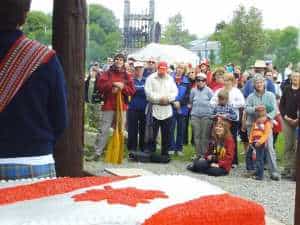
When it 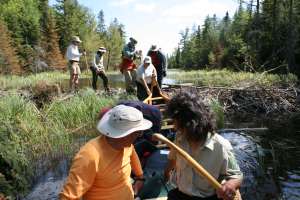
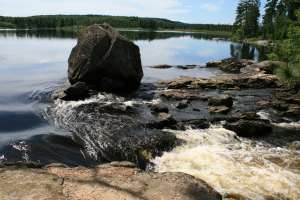
And it went both ways. He formed more accurate ideas of other organizations and management agencies by listening to real people talk about their jobs and what they do. And though he knows there may still be management and policy disputes in the future, he is optimistic. “There are several people I can make a phone call to. The dialogue is open.”
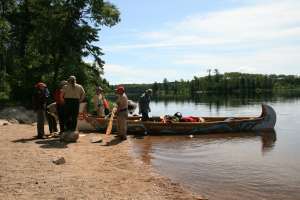
“We had a mission to talk to as many paddlers as we could. [We saw] fewer paddlers than we thought.” The lakes were large, and it wasn’t always realistic to paddle a mile out of the way to track down a group spotted across the water. “When we did see groups, few people stood up to take the lead… There was a lack of energy there. It was a little less than I hoped for.”
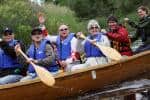
But tangible outcomes have resulted from the expedition. The Forest Service has since procured funding for HOCP to rehire its former coordinator, Brett Hesla. As an agency that follows strict policies against involvement with political groups, this says a lot for HOCP’s continued commitment to creating conversation,
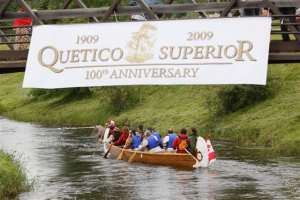
not policy. And members have discovered a renewed energy and common purpose around the need for community-based initiatives. The group is gearing up to focus on new goals at its next meeting, like funding local participation in Gateway Community Training, a formal course on marketing, planning and promoting a community on the edge of a wilderness or park. For HOCP chair Rich Kelley, it feels good to turn the focus from simply creating connections to setting specific goals.
“We’ve been operating at 10,000 feet,” he said. “We’re now moving down onto the ground to be part of individual communities, and we want to welcome
anyone who wants to participate.
Canoe the Heart
The Route and Highlights
Leg A: Quetico Provincial Park, Canadian Crown land and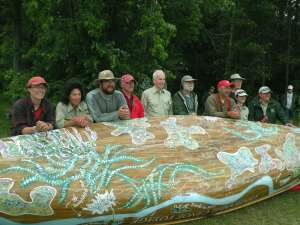
July 1-4 — 103 miles
Route: Atikokan River east to Perch Lake to Calm Lake to the Seine River to Shoal Lake to Grassy bay on Rainy Lake to Sand Point Island to International Falls, MN
Highlights: Canada Day ceremonies and parade in Atikokan, Community events at the First Nations Village on the Seine River and International Falls July 4th Parade
Leg B: Voyageurs National Park
July 5 — 32 miles
Route: Ash River on Kabetogama
Lake , south to Namakan Lake to Sand Point Lake to King Williams Narrows on Crane Lake
Highlights: Rendezvous at Voyagaire Lodge, Crane Lake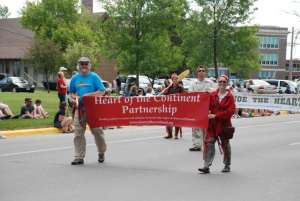
Leg C: Voyageurs National Park, Quetico Provincial Park and BWCAW
July 6-9 — 98 miles
Route: King Williams Narrows on Crane Lake, south via the Loon River to Loon Lake, west to Lac la Croix to Crooked Lake to Basswood Lake to Newton Lake to Fall Lake near Ely, MN
Highlights: Superior National Forest events at Fall Lake Campground, including voyageur canoe rides for the public, games, and presentations by Canadian and USDA Forest Service dignitaries
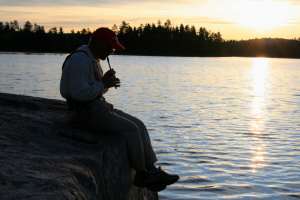
July 10-13 — 54 miles
Route: Fall Lake, west to Moose Lake to Knife Lake to Cache Bay, Canada on Saganaga Lake to the Chik-Wauk Lodge at the end of the Gunflint Trail
Highlights: Chik-Wauk Lodge celebration with the Gunflint Trail Association, including presentations, book signing, slide show, canoe rides and children’s activities
Leg E: Lake Superior
July 14 — 35 miles
Route: Grand Marais harbor east to Grand Portage National Monument
Highlights: events at the North House Folk School in Grand Marais, celebration and presentation at Grand Portage National Monument
Leg F: Lake Superior
July 15-17 — 69 miles
Route: Grand Portage National Monument north on Lake Superior to Historic Fort William in Thunder Bay, Ontario
Highlights: Paddling the big lake, the reception and Rendezvous at Historic Fort William, and the Dragon Boat Festival
Participating Groups and Organizations
Cook County Emergency Services
Fort William Historical Park
Friends of the Boundary Waters Wilderness
Friends of Quetico
Grand Portage National Monument
Heart of the Continent Partnership
Lakehead University
Minnesota Department of Natural Resources
Northeastern Minnesotans for Wilderness
Parliament of Canada
Quetico Foundation
Quetico Provincial Park
Quetico Superior Foundation
Superior National Forest
U.S. Forest Service
Voyageurs National Park
Voyageurs National Park Association
By Alissa Johnson, Wilderness News Contributor
This article appeared in Wilderness News Fall 2009

